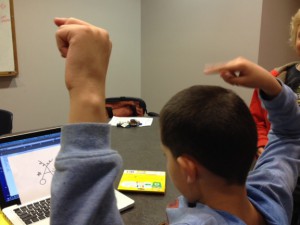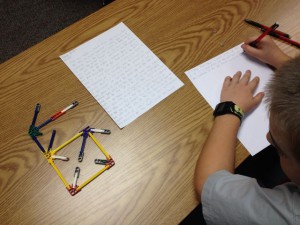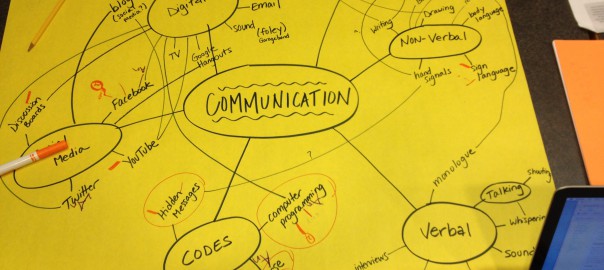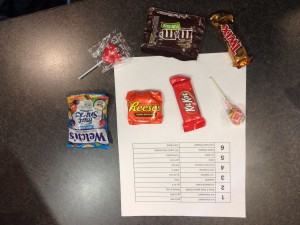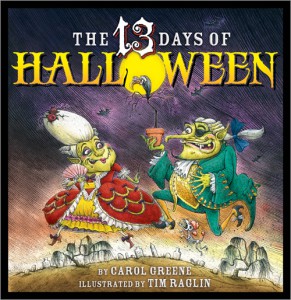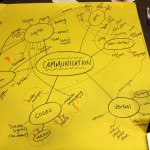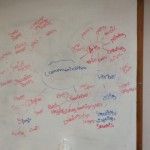I love children’s books that teach math concepts! One that I used today is called, Pigs will be Pigs by Amy Axelrod, pictures by Sharon McGinley-Nally. I work with a couple 1st graders once a week and I found that using books like this provide a way for us to talk about vocabulary in addition to a math topic. The topic in this book is money so I created a quick chart. Here is a .pdf of the chart.
 We first wrote the name for each bill and coin. Then, as I read the book, students kept track of the money the pigs found by making tally marks on the chart. When I finished reading, the students counted their tally marks and we found the total.
We first wrote the name for each bill and coin. Then, as I read the book, students kept track of the money the pigs found by making tally marks on the chart. When I finished reading, the students counted their tally marks and we found the total.
There are several ways to extend this book. Here are a few ideas…
- Talk about the presidents, monuments, and other items on each bill and coin. Here’s a nice reference about coins in circulation.
- There is a nice interactive read-aloud on You Tube that poses questions throughout the book.
- The pigs go to a restaurant in the book and the menu is printed on two of the pages. Have kids order a meal and calculate the total. Or, give them a certain amount of money and have them order meals for their family.
What are some children’s books that you know of that teach math concepts? Please share!

